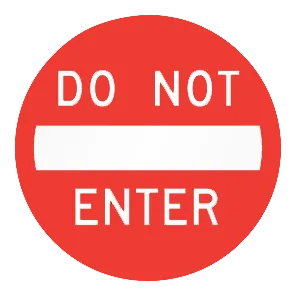FREE Texas DMV Practice Test #8 Page 2 of 5
For January 2025, the Texas DMV practise exams have been revised. It comprises questions based on the most important traffic signals and laws for 2025 from the Texas Driver Handbook. To study for the DMV driving permit test and driver's licence exam, use actual questions that are very similar (often identical!) to the DMV driving permit test and driver's licence exam.
Each question on the practise exam has a tip and explanation to help you recall the ideas. Questions about traffic rules, traffic signs, and driving statutes, as well as knowledge from the Driver Handbook, will be included in the written portion of the official Texas DMV test.
You must properly answer 21 of the 30 questions to receive a passing mark. Use the Texas Department of Motor Vehicles' practise exam to help you prepare for your instruction permit or driver's licence.
The DMV exam is offered in a variety of languages.
Using any form of testing help will result in an automatic fail, and the DMV may take further action against your driver's licence, so avoid it.
7 . Which offense will cause a license to be automatically suspended?
Convictions for some offenses result in the automatic suspension of your license and driving privilege. These offenses include driving while intoxicated, failing to stop and render aid following a collision, and driving with an invalid license.
8 . Which offense will cause a license to be automatically suspended?
Convictions for some offenses result in the automatic suspension of your license and driving privilege. These offenses include racing on a public highway or street, graffiti, and lending a license to another individual.
9 . When driving in traffic, it is safest to:
Crashes often happen when some drivers go faster or slower than other vehicles on the road. Always try to drive with the flow of traffic, within the posted speed limit.
10 . This sign is used to prevent:

This sign warns that a road has one-way traffic and you must not enter from your current direction.
11 . What does a lane control signal with a green arrow above a reversible lane indicate?
Lane control signals are used when the direction of the flow of traffic in a specific lane changes throughout the day. They are used to show which lanes of traffic are open and closed, as well as to show if toll booths are open or closed. When a lane control signal contains a green arrow, drivers may drive normally in the indicated lane.
12 . It is aganst the law to:
Operating an open bed truck while a person who is under the age of 18 is occupying the bed of the truck is unsafe and is not permitted.
See the exact questions that will be on the 2025 Texas DMV exam.
99.2% of people who use the cheat sheet pass the FIRST TIME
LT gives us an insight on how the cheat sheet provided her with all the study questions she needed before taking her test.
Joe initially studied with the handbook and failed his test, he eventually found us online, studied and pass his test the first time around.



